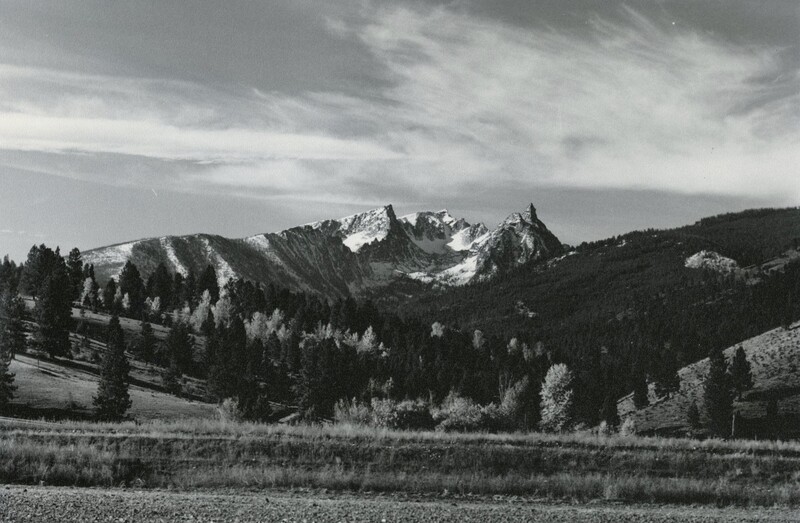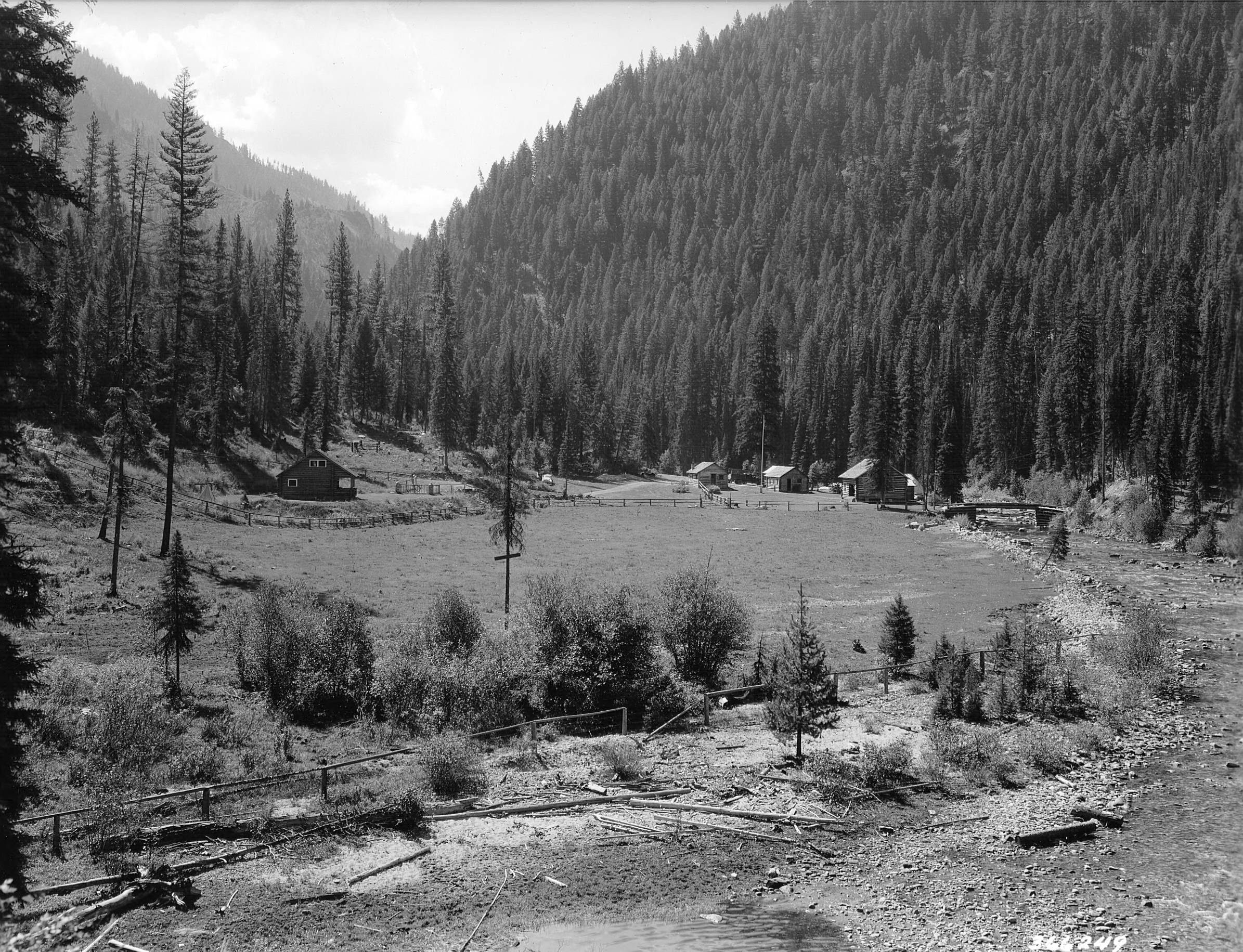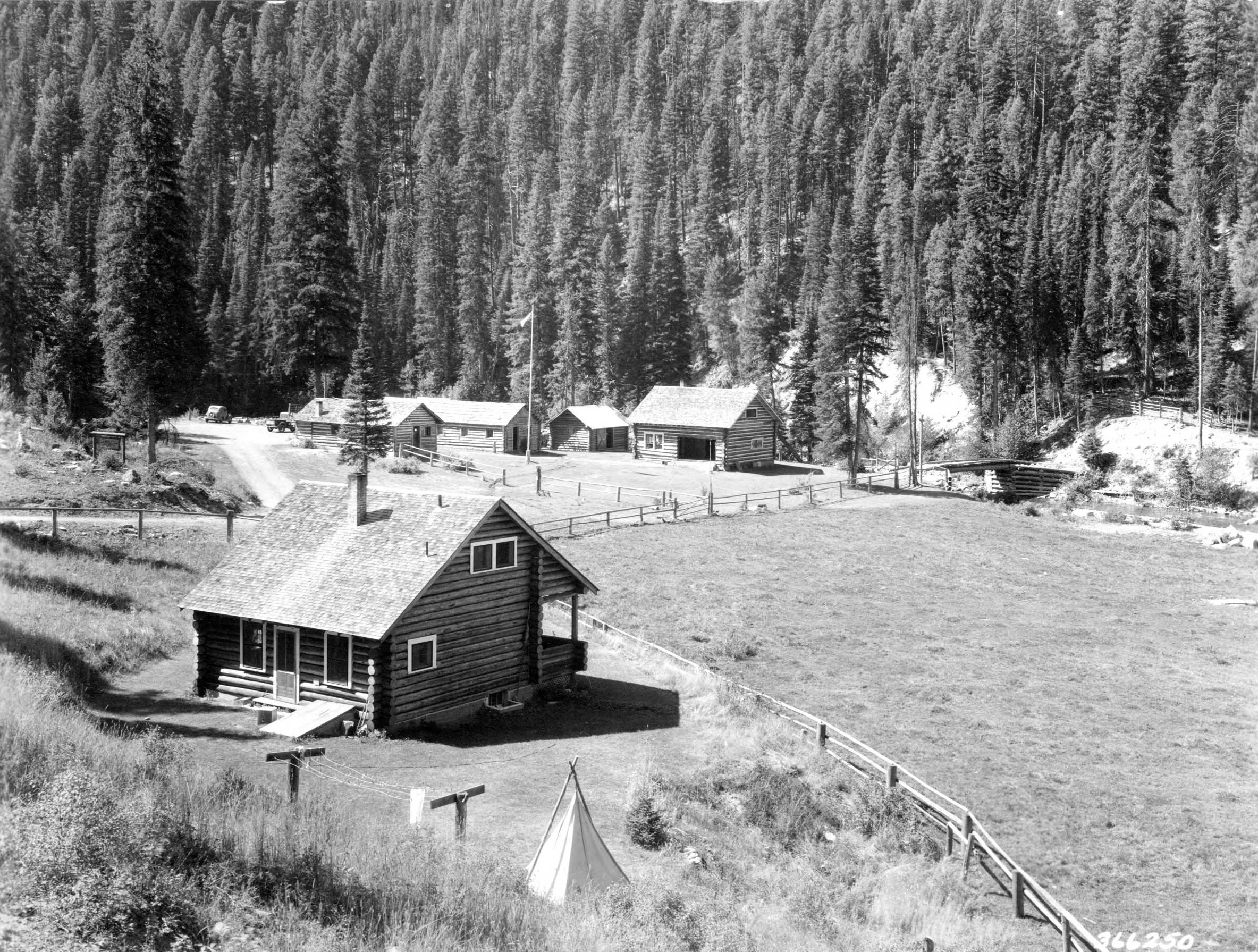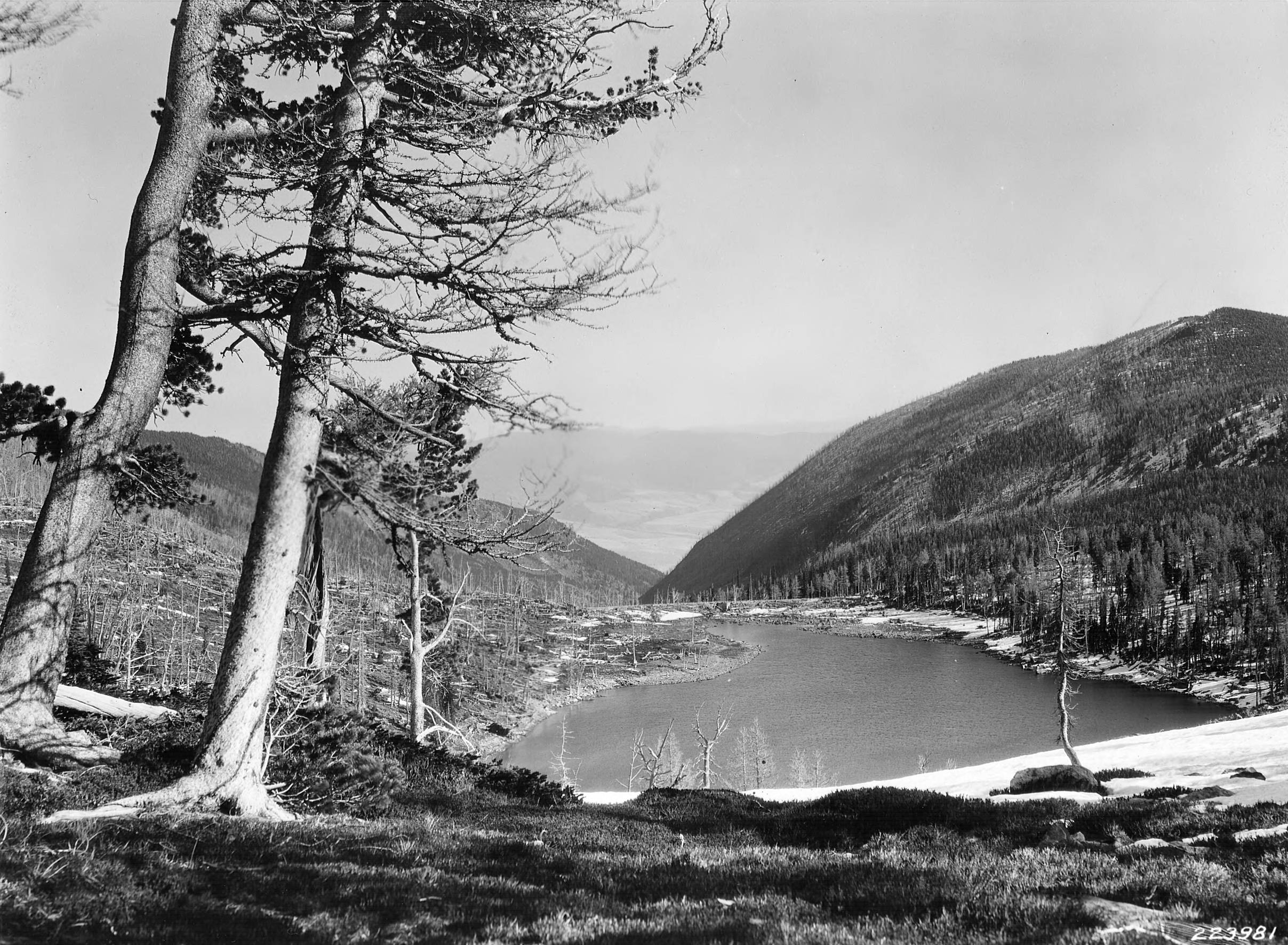The Bitterroot National Forest covers 1.6 million acres of forest in Idaho and southwest Montana.1 The area is markedly characterized by the Bitteroot Mountain Range, which is a “segment of the northern Rocky mountains” and 300 miles long along the border of Idaho and Montana.2 The highest peak is 11,394 feet but the entire range averages 9,000 feet.3
The Bitterroot Valley “has been occupied by humans for at least 8,000 years or longer, and is the ancestral home of the Bitterroot Salish Native Americans. It was also frequented by other tribes including the Nez Perce.”4 Although the relationship between Indigenous nations and the US federal government has been tumultuous, the US Forest Service has committed to strengthening “the government-to-government relationship with neighboring tribes…as a priority in the Bitterroot National Forest Program Priorities” and has implemented a multi-step system of tribal consultation regarding sites and other topics that may be relevant to the tribes.5
The first known non-Indigenous people to enter the area was in 1805 when the Lewis and Clark expedition passed through.6 European Americans continued to occupy the Bitterroot Valley and the population speedily increased during the 1860s “with the discovery of gold, first in Idaho and then in Montana.”7
Gold mining was successful in the area due to “the valley’s relatively mild climate and abundant water supplies…well-suited to agriculture but the logging industry began developing in the area in the 1880s. Up until 1897, the area was public land and much of the logging was based out of the public lands until the Bitter Root Forest Reserve was created in 1897.”8 Establishing the Reserve was “part of a national effort to help preserve the forests in the western United States from further devastation.”9
The U.S. Forest Service was created in 1905 and by 1907, the Forest Service “converted these forest reserves into National Forests, marking the beginning of National Forest Conservation and Management policy.”10
Stayed tuned for next week’s Wilderness Wednesday post!





